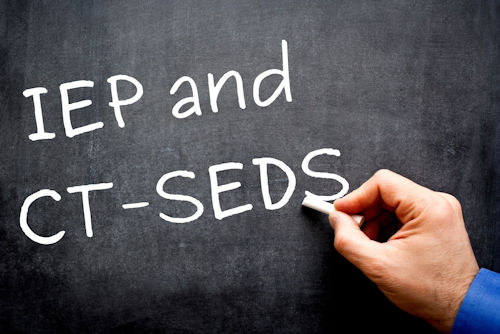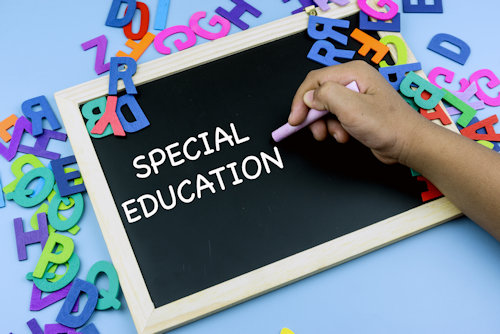Special Considerations
In Connecticut’s IEP, The CT Special Education Data System (CT-SEDS) contains these questions:
- Does the student exhibit behaviors that impede learning for self or others?
- Is the student deaf or hard of hearing?
- Is the student blind or visually impaired?
- Does the student have limited English proficiency? (Student qualifies as an English Leaner)
- Does the student require Accessible Educational Materials (AEM)?
- Does the student require an alternative mode of communication? (Such as Braille, Sign Language, or Augmentative and Alternative Communication)
If the answer is, “Yes,” to any of these questions, the PPT will discuss if
additional services or accommodations in the IEP are needed based on the special
factor(s). In the CT IEP, this section is called “Special Considerations.”
Other things to know about this section:
- For Deaf or Hard of hearing students, CT law requires that the PPT develop and language and communication plan.
- Accessible Educational Materials and alternative modes of communication will be documented in the sections for annual goals/objectives and/or supplementary aids and services if the box is checked.
The Individuals with Disabilities Education Act (IDEA) also considers the
need for Assistive Technology to be a special factor that must be considered
for all students, regardless of their disability; in Connecticut, this
information will be recorded in the IEP section called Supplementary Aids
and Services.
The CT IEP section for Special Considerations will have a series of questions
with checkboxes related to these special factors. You can find this section in the
CT IEP Template Form.
»
Special Considerations (The Basics) PDF
»
Documento en espanol viene pronto
Learn More
For more detailed information on Special Considerations, please click here.












